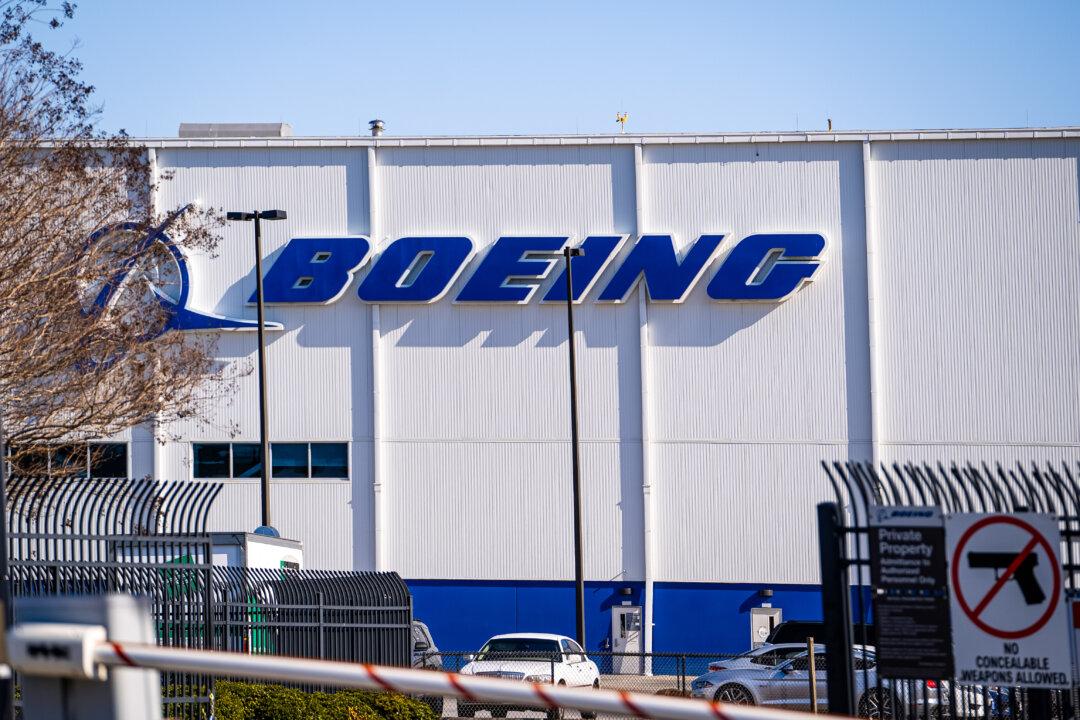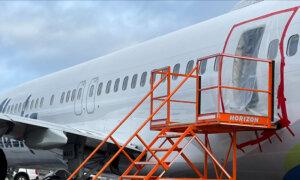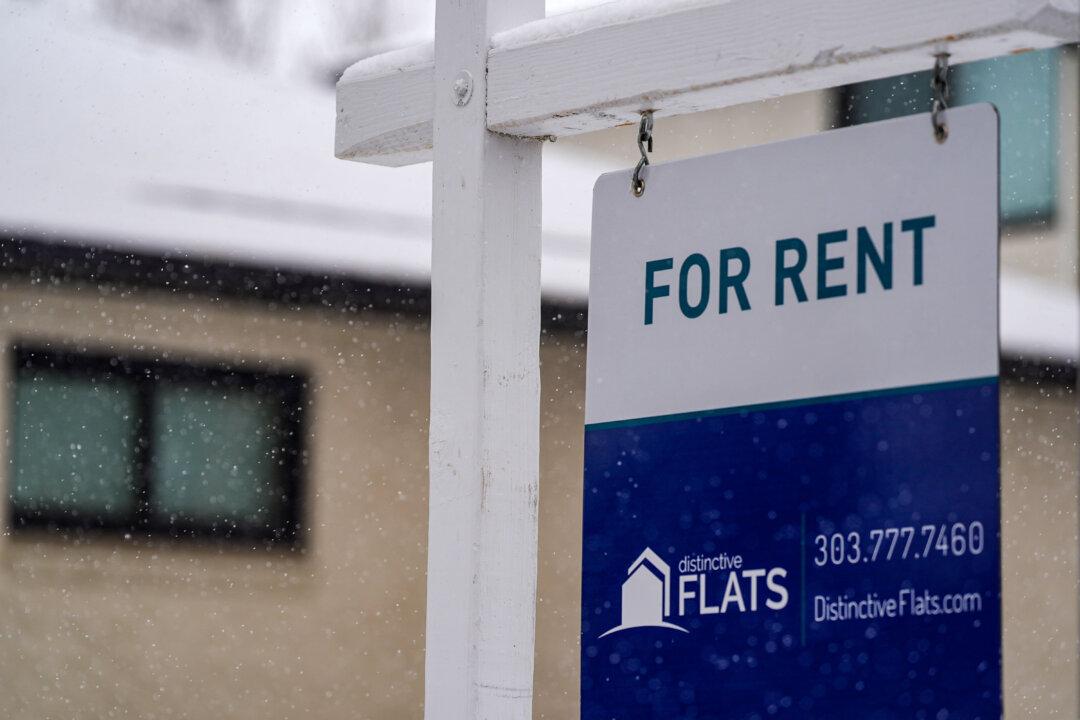A Boeing whistleblower has raised concerns about the company’s 787 Dreamliner aircraft, warning that the plane’s quality issues will make it “fall apart.”
The gaps are created when two sections of fuselage have been joined together during assembly. Mr. Salehpour insists the gaps are too big. And even though the pieces of fuselage are fastened together, the stress could create fatigue failure after thousands of flights.
In the event of a fatigue failure in the Boeing 787 at altitude, “the plane will fall apart at the joints,” he said. “Once you fall apart, you’re going to descend all the way to the ground.”
While Mr. Salehpour admits he does not have all of Boeing’s test data, the engineer plans to tell Congress that the 787 aircraft should not be flying given there are 1,100 planes globally in service.
When asked whether Boeing should ground the 787 right now to check gap sizes, Mr. Salehpour replied, “I would say they need to.” He insisted that “the entire fleet worldwide, as far as I’m concerned, right now needs an attention.” As to whether he would put his family on a 787 right now, Mr. Salehpour said, “Right now, I would not.”
Meanwhile, Mr. Salehpour was shifted from the 787 project in 2022 after he raised his concerns internally. He claims the transfer was a retaliatory measure—an allegation the aircraft manufacturer denies.
Boeing suspended 787 deliveries for around 18 months while the company did a thorough inspection of the aircraft.
The firm claimed that roughly one percent of all gaps failed to meet their specifications, according to the New York Times. It has claimed that larger gaps do not pose a threat to the long-term durability of the aircraft.
Over 670 Dreamliners have undergone six-year maintenance checks while eight have been subjected to 12-year checks. None of these checks discovered any of the aircraft suffering from premature fatigue, the company said. Boeing dismissed the suggestions that modifications were needed for Dreamliners currently in operation.
During a media tour at the 787 manufacturing plant in South Carolina on Monday, Boeing defended the structural integrity of its 787 model, stating that the plane has been stress-tested for 165,000 cycles and never failed. This is more than three times the expected lifespan of the aircraft.
“We are fully confident in the 787 Dreamliner,” said Boeing in an email response to The Epoch Times regarding persisting safety concerns. “These claims about the structural integrity of the 787 are inaccurate and do not represent the comprehensive work Boeing has done to ensure the quality and long-term safety of the aircraft. The issues raised have been subject to rigorous engineering examination under FAA oversight.
Planes Under Review
Mr. Salehpour’s revelations come as Boeing is under intense federal scrutiny following an accident involving the company’s 737 Max 9 model.In January, an Alaska Airlines 737 Max 9 was forced to make an emergency landing after a door plug on the aircraft’s fuselage tore off while the plane was still in flight at 16,000 feet. This resulted in rapid cabin depressurization and passenger injuries.
After a six-week audit of Boeing and its 737 fuselage supplier Spirit Aerosystems, the U.S. Federal Aviation Administration (FAA) said it found “multiple instances where the companies allegedly failed to comply with manufacturing quality control requirements.”
The agency “identified non-compliance issues in Boeing’s manufacturing process control, parts handling and storage, and product control.”
The Senate hearing, titled “Examining Boeing’s Broken Safety Culture: Firsthand Accounts,” will also be attended by other experts, including Ed Pierson, executive director at The Foundation for Aviation Safety, who was a former Boeing engineer.
During his work on the 787, Mr. Salehpour “observed shortcuts taken by Boeing in the shimming process during assembly, resulting in drilling debris left in interfaces and deformation of composite material. This shortcut has resulted in decreased fatigue performance of the airplanes,” the letter stated.
“He has also observed that Boeing’s implementation of a new process in assembling the 777 without the necessary redesign of relevant parts has led to misalignment of parts, which Boeing engineers are pressured to overlook. This too has resulted in serious safety risks.”
Ms. Katz claimed that Boeing ignored her client’s concerns and retaliated by excluding him from key meetings. His supervisor subsequently “subjected him to repeated threats.”







